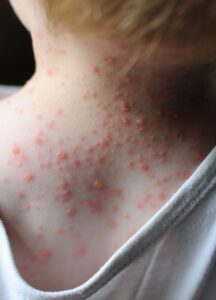Navigating Your Kyphoplasty Recovery Journey: Insights and Guidance
Recovering from kyphoplasty can feel like a journey filled with questions and uncertainties. This guide aims to provide clarity and insight into what you can expect during your recovery period,





